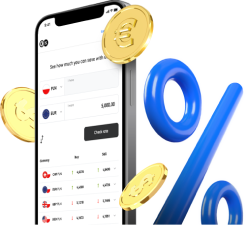They vary in appearance, size, value and even in the way they are divided into smaller units. They are produced from different materials or minted from various raw materials. There are over 180 of them around the world, although an average person knows only a few of them. Here are the essential information and interesting facts about world currencies.
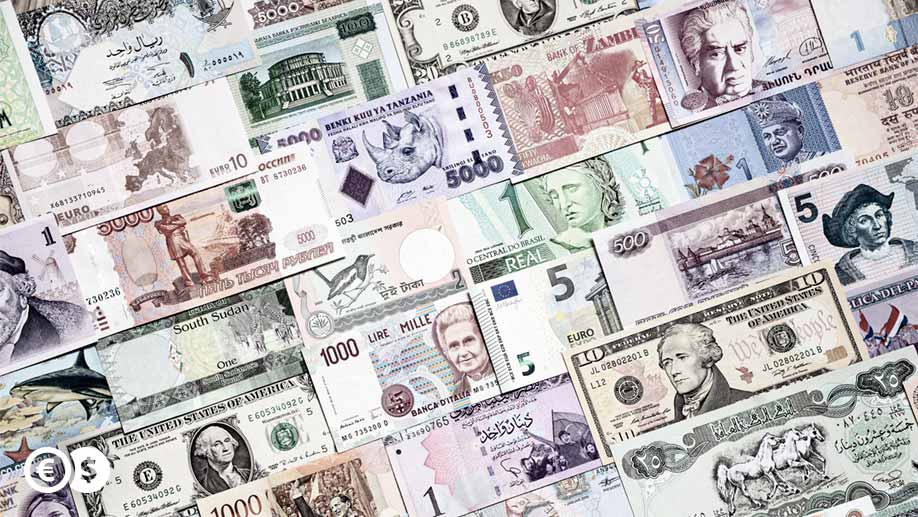
Monetary units and their division
Nowadays, almost all the countries in the world have one basic monetary unit, which is usually divided into a smaller one. The latter can be one hundredth (e.g. 100 cents, 100 pennies, 100 dimes). Sometimes one-thousandth division can be used, and much less often a different one. For example, in Mauritania and Madagascar, one unit of currency is divided into five smaller ones. In the People's Republic of China, there is yet another division. The basic unit is divided into ten smaller ones and those into ten more smaller units.
The regularities can be seen in the occurrence of denominations. In almost all world currencies, they are round multiples of monetary units, e.g. 1, 2, 5, 10, 20, 50, 100. Definitely less common are semicircular multiples (e.g. 3, 15, 25).
Moreover, in countries where the smallest monetary unit is one hundredth, there are usually 15 different denominations in circulation (e.g. 0.01, 0.02, 0.05, 0.10, 0.20, 0.50, 1, 2, 5, 10, 20, 50, 100, 200, 500). This principle also applies to currencies, which, for various reasons, are not split into smaller monetary units. Then, however, a range of denominations slightly shifts, although the number of denominations is still 15 (e.g.: 1, 2, 5, 10, 20, 50, 100, 200, 500, 1000, 2000, 5000, 10000, 20000, 50000). Of course, there are some exceptions. For example, the Czech Republic has only 12 denominations in circulation. Also, Poland had 14 denominations until the introduction of the 500 PLN note.
A unit of a given country can be called a currency in international trade if it is convertible into another currency. The exchange relationship between two currencies is called the exchange rate.
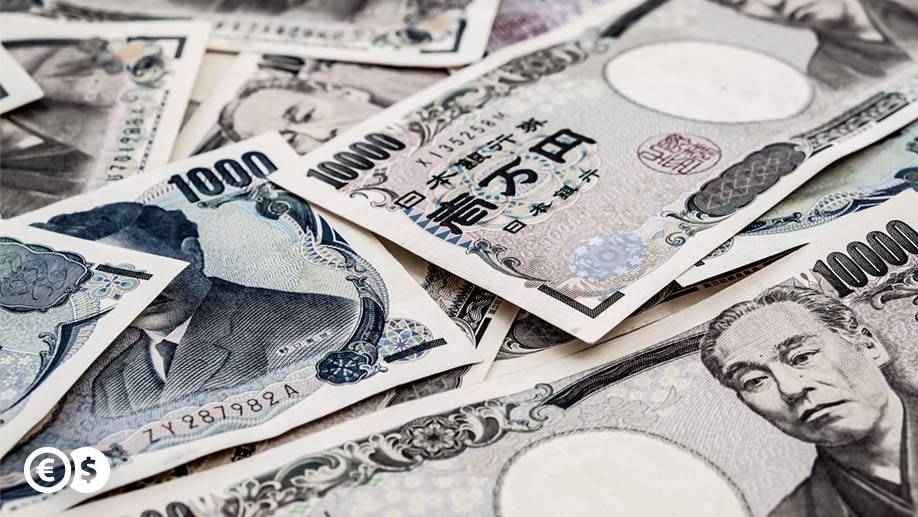
The most important currencies in the world
For many years, the most decisive currency in the world is the US dollar. It is the king, among other currencies. Hence, it is often called King Dollar. You can easily buy it in many places in the world and even pay where it is not officially valid (e.g. in many popular tourist resorts).
The US currency is also the most significant reserve currency worldwide. It is the one that constitutes the biggest amount of reserve assets. According to the International Monetary Fund, the dollar currently accounts for approx. 62% of all assets.
Where can you pay in US dollar? It is, of course, the official currency of the United States, but also several other countries: Puerto Rico, Micronesia, Ecuador, Palau, El Salvador, East Timor, Marshall Islands, Zimbabwe, Northern Mariana Islands, Bonaire, Sint Eustatius and Sheba.
No one will be surprised that the euro comes right after the dollar in the list of the most prominent global currencies. It is the second reserve currency on the planet, as well as the second currency most frequently used in foreign exchange transactions (the first is the US dollar).
Many citizens of the Old Continent are familiar with the euro. This currency is officially valid in 19 European Union countries. These include Austria, Belgium, Cyprus, Estonia, Finland, France, Germany, Greece, Ireland, Italy, Latvia, Lithuania, Luxembourg, Malta, the Netherlands, Portugal, Slovakia, Slovenia and Spain.
The euro is also used in non-EU states and territories, among other, Andorra, Monaco, Vatican City, San Marino, Kosovo and Montenegro.
Although it may seem strange to some, the third most significant currency in the world is the Japanese yen. It constitutes about 5.25% of the world's currency reserves. It is also frequently used in foreign exchange transactions.
Why is the yen among the big three? There are at least a few reasons. One of them is undoubtedly the fact that Japan has the third-largest economy in the world in terms of GDP. The country also has a highly developed financial sector, and investors consider the yen itself as a safe haven. Therefore, as the market risk increases, interest in the yen also grows.
The G3 group is often complemented with another currency — the pound sterling. It stands for the fourth-largest power available for all foreign exchange transactions. The British pound also has a relatively large share in global foreign exchange reserves. It also comes in fourth place in this respect.
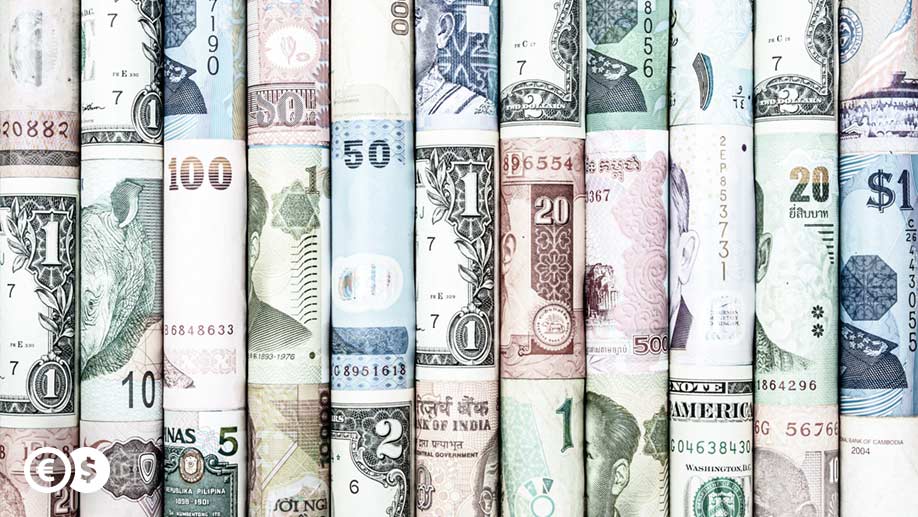
Paper coins and coins bearing a ton weight
Today, it seems unlikely that the world can function without money. But it wasn't always like that. For many years, exchange trading remained essential — one good was exchanged for another. Nevertheless, in about 600 B.C. provisional coins were already used. They were issued by King Alvattes II in Lidia (today western Turkey). It is from this period that the oldest known coin comes from.
The Double Eagle is likewise of great numismatic value. It is a 20 dollars gold coin from the United States. The coin was minted in 1933 in the number of about 500 thousand pieces. Why is it a true collector's item today?
This is because only 13 of these coins have survived till today. The rest was probably melted down even before they entered into circulation. Some of them could also be destroyed or lost.
Today as many as 12 of them remain in possession of the United States government. The thirteenth is kept in private collections. A collector paid no less than 7.6 million USD for it in 2002. Now, however, its value may be even higher.
The lovers of unusual coins are surely also familiar with the one minted in the Australian Perth in 2011. It stands out above all because of its size — it is 80 centimetres wide and 12 centimetres thick. Its weight exceeds 1000 kilograms! This is a piece of relevant information because the coin was minted only from gold and its value is about 53 million Australian dollars. It shows a red kangaroo and an image of Queen Elizabeth II, like other, more common Australian coins.
Staying with unusual sizes, one cannot avoid mentioning the Philippine currency. Until recently, 100,000 peso banknotes were bigger than a sheet of paper in A5 format. On 1 August 2019, however, they were withdrawn from circulation.
Completely different, but at the same time also an exceptional example is a Romanian 10 bani note. This banknote is called a paper coin because of its dimensions (2.75×3.8 cm). It was entered in the Guinness Book of Records as the smallest banknote in the world.
Linen, cotton and polymer
American dollar bills consist of three-quarters of cotton and one-quarter of linen. The rest of the composition is strictly confidential. Similar materials are used worldwide, although the exact specifications of the banknote paper may vary. However, it usually consists of wood pulp, cellulose and fibrous material (for example, cotton).
The lifespan of such banknotes is usually several or up to a dozen years. After that time, being in constant circulation, they are just damaged. For this reason, some countries started using artificial materials (e.g. polymer) to produce banknotes, completely eliminating cellulose. The first banknotes of this kind worldwide were Australian dollars. Plastic notes have been issued in the land of the kangaroos since 1990. Other nations also followed Australia's footsteps — New Zealand, Bermuda, Papua New Guinea, Romania and Vietnam.
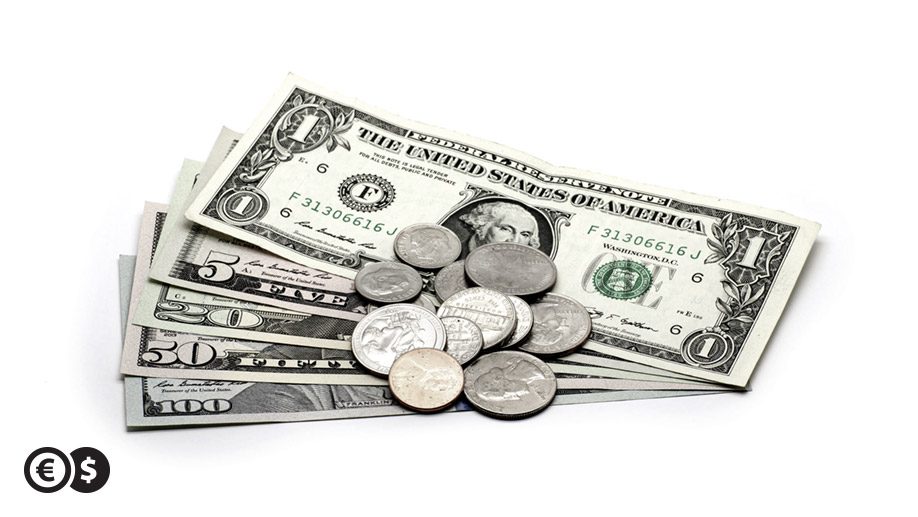
Dollar in crown
In many places around the world in circulation, there is a currency with a similar name. The dollars are a perfect example of this. Apart from the US dollars, which are in force in the United States, we can also find Canadian, Australian, East Caribbean, Bahamas, Guyana, Hong Kong, Jamaican, Cayman, Liberian, Namibian, New Zealand, Singapore, Suriname, Taiwanese, Tuvalu, Trinidad and Tobago, Cook Islands or Solomon Islands. Regional dollars also apply to Barbados, Belize, Brunei, Fiji and the Caribbean.
In the Arab countries (but not only) dinar is popular. Currently, it is in circulation in, among others, Algerian, Bahrain, Iraqi, Jordanian, Kuwait, Libyan, Serbian, Tunisian and Macedonian dinars. Iran also uses dinars to define the 1/100th basic unit, which is the rial.




